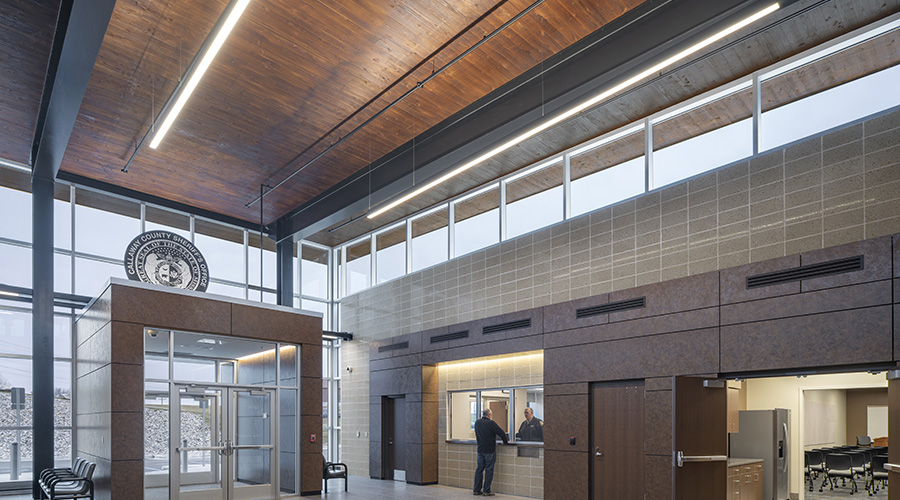How To Select The Right Type Of Access Control Card
The second step in planning an access control system is to select the right card.
2. Select the Right Type of Card
Many access control projects involve an upgrade to an existing system. An upgrade may integrate existing non-access control systems such as IP cameras that run over the network and are capable of reacting to an event initiated by a card swipe or proximity card. The upgrade may also enable the access control system to work with parking and gate control, vending operations, dining-hall-access, debit, and numerous other systems that support the facility.
No matter what the goals of the upgrade, a single access control platform should be selected early on, during the "needs and wants" stage, whether it's a magnetic stripe card, proximity reader card, a smart card, or any of the various cards or tokens. Deciding to change from one type of proximity card to another in the middle of a project is probably manageable, but changing mid-stream from a mag stripe to a MiFare platform brings enormous complications.
Input from the stakeholders will determine what is really needed, what can be done, what the future requirements are, and how goals can be achieved without requiring users to carry too many cards or tokens. The decision is this: What kind of card should you get and how much money do you spend on each? Keep in mind that people lose cards or use them to scrape ice off the windshields. A card may even be used to manipulate a hard lock by inserting it into the door crack between the spring bolt and frame (a sure sign that an access control reader is needed on that door).
Many systems in existence today have a standard magnetic stripe with three tracks that can be used for door control, banking information, or identification. One of the main drawbacks to swipe-type magnetic stripe cards is the actual wear and tear of using them as they were intended. Mag stripes wear out — it's inevitable.
With the advent of contactless cards and smart cards, the wear and tear is practically eliminated, except for abuse. These options enable access and other applications without touching the card to a reader. One of the main reasons for using proximity cards is their ability to carry or hold more data than the regular magnetic stripe card, allowing more financial or other uses.
There are two types of proximity cards: passive and active. A passive card has no internal source of power and uses the reader, which does have power, to read the card. Although it does not have to touch the reader, a passive card must be held close enough to be read. Active cards contain a small battery and are most commonly used to open parking gates — the card is mounted somewhere on the vehicle, where it can be read to open the gate. The card tends to be expensive and will wear down in five years or so. Of course, many companies or facilities will have changed logos, photos, or even platforms within five years, so the cost of replacing the cards is just a part of the infrastructure.
Each type of access control card has its pros and cons. The main idea is to determine what will work best to enhance your security as well as function well in incorporating other applications that your stakeholders identify.
Related Topics:















